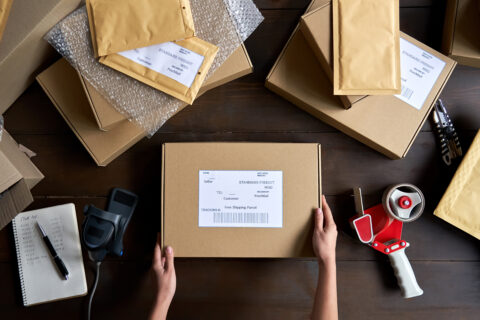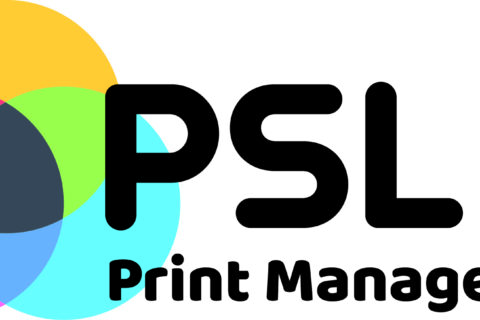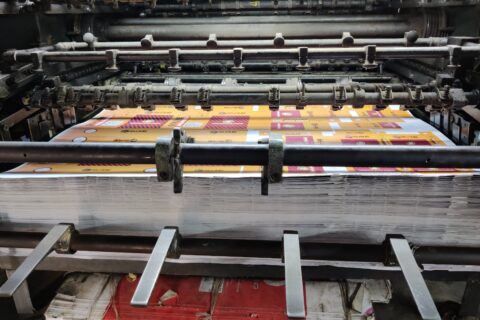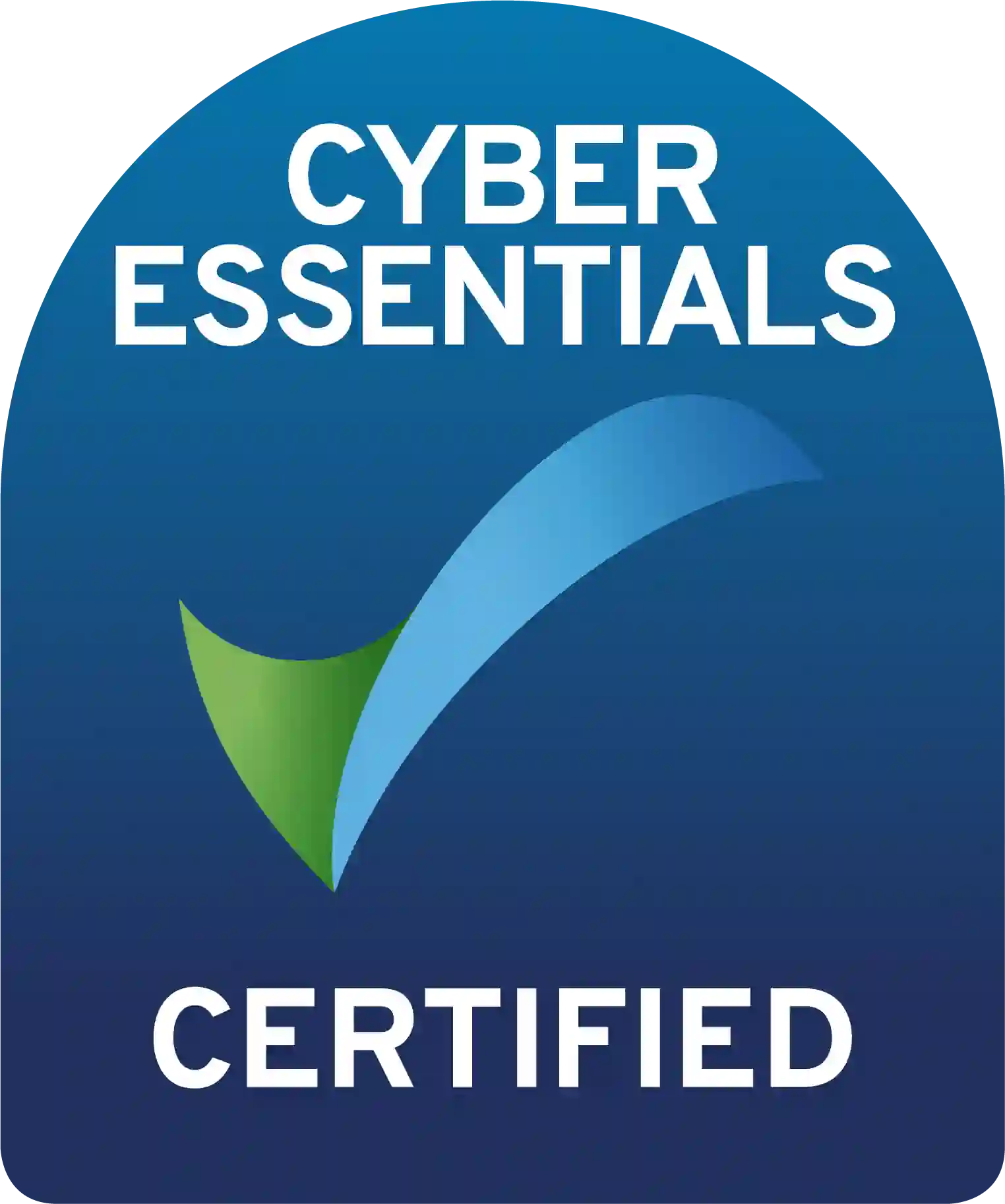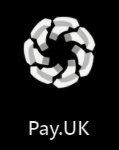Pharmaceutical Packaging – Everything You Need to Know
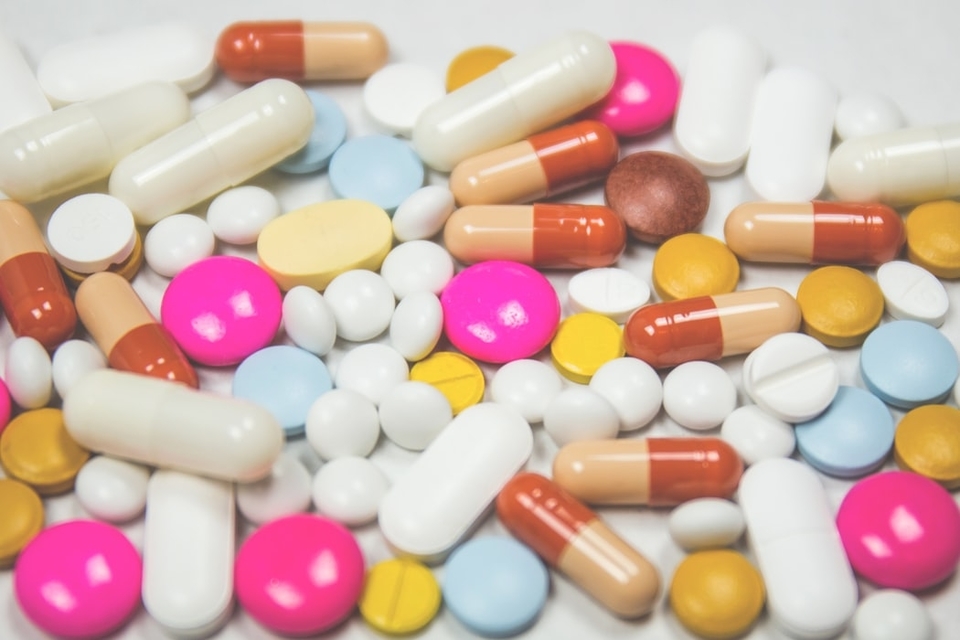
In the dynamic sector of healthcare, the significance of pharmaceutical packaging extends far beyond what you may think initially. Today, it plays a pivotal role in ensuring patient safety, maintaining product integrity, and upholding regulatory compliance. The importance of clear and secure pharmaceutical packaging cannot be overstated, for manufacturers and customers alike. We will explore multiple aspects of pharmaceutical packaging and ways in which you can be sure your production is as secure as possible throughout this blog.
The importance of design in pharmaceutical packaging:
Patient safety can be improved with thoughtfully designed pharmaceutical packaging. In fact, effective medical packaging is just one way to address some of the more pressing safety challenges faced by the pharmaceutical industry.
Thinking more carefully about blister packaging and secondary packaging (the outer package) can decrease the risks associated with medication error. Ensuring high visibility and clear labelling on all pharma products is key to tackling this issue.
There are key factors that can substantially improve upon the graphic design techniques used on medical packaging. These factors can also be taken into consideration when designing other healthcare packaging hardware, like tablet bottles and patient information leaflets.
Checklist for designing secondary pharma packaging:
- Ensure name of medication and strength are not obscured
- Consistency between dispensing label and product name
- To avoid confusion between brand name and the name of the medicine itself, make sure the general medicine name is visible
- Clearly distinguish between different medicines with similar names, and different strengths of the same medicine
- Use a bold typeface so it can be easily read, and blank surrounding space so that the eye is drawn to important information
There are also guidelines you can follow when using colour to differentiate between different medical products. Although important, colour shouldn’t be a primary concern when designing packaging as it can be interpreted differently in different lights or by people with conflicting perceptions. This can result in errors; therefore, text is still the most important consideration.
When using colour, it’s advisable to use more than one colour to help patients and healthcare workers distinguish between medicines. It’s also recommended that instead of using colour coding, all packaging uses colour differentiation, to make elements on packaging stand out. This can also help patients and healthcare providers to quickly determine different strengths of a single medicine, or between medicines with similar sounding or spelled names.
Highlighting any important information on a box can reduce time spent looking for it. In the panel healthcare professionals have also expressed that it would be preferable if medical packaging designers would consider how the packaging stacks on a shelf. It would be useful, they thought, if expiration dates were clear when the medicine is stacked up, so they didn’t have to take it off the shelf.
Another issue that healthcare providers have often experienced is with the ease of opening. Many said they would rather have a solid tray as opposed to a bendy package which the medicine or device could fall from when opened.
Pharmaceutical regulators have recently been questioning whether standardised pharmaceutical warning labels can assist healthcare providers to better comprehend risks and benefits.
This is already something that has been applied in the United States, where all product labels look identical down to the font and font size. This is because America’s FDA (Food and Drug Administration) enforces this standardisation and regulates all pharmaceutical labelling. The result is that all pharmaceutical warning labels are simple for everyone to read and understand.
When looking at a pharmaceutical label the recipient should easily be able to discern:
- How to take the medication, including dosages and any additional advice and information
- Easily understood terminology, all wording should be clear to comprehend
- How to store the medication e.g. refrigerated, what temperature
- Company information, including contact details
- Expiration dates and regulatory information
This basic list demonstrates the need for provision of information that tells the patient or healthcare provider more than just the name of the product. It may also be necessary to print this information in more than one language if the product is distributed in multiple countries.
However, issues can arise when individual countries require different information provided in line with their government requirements. This can be limiting for a sponsor for many reasons, for instance if they have planned a clinical trial customising the label for each country would be a laborious process. This would also require the sponsor or manufacturer to be fully aware and fluent in the regulatory requirements of each country, which many argue is just not realistic.
If the wording used on pharmaceutical warning labels were to be standardised this could help to avoid any confusion. There should also be a universal agreement on the unit of temperature used to inform people how to store the medicine, for example using either fahrenheit or celsius.
5 reasons to entrust Hague with the fulfilment of your packaging labelling requirements:
- Industry Understanding
We understand the rigorous standards that are required for pharmaceutical packaging labels. We work with pharmaceutical companies to ensure regulatory compliance. When you work with the Hague Group, you are working with an expert in the field.
- Single point of contact
We keep things simple, straightforward and provide all our clients with a single point of contact. If there are any issues with your order, you know immediately who to talk to.
- A consistent quality product
Nowhere does consistency of product matter more than with pharmaceutical labels. Our clients tell us that the consistency we provide is a vital asset and one that they have come to rely upon.
- Dependability
We understand the pressures that pharmaceutical companies work under. Hague uses robust administrative solutions to ensure that our service is dependable and there when you need it.
- Complete traceability
We ensure there is complete traceability in the manufacturing process. We also prioritise the analysis, prevention, reduction of risk and provide multiple levels of security throughout the entire process.
Enhancing security in pharmaceutical packaging
Falsified Medicines
In a worldwide market where 1 in 10 drugs is said to be counterfeit, the EU directive – the Falsified Medicines Directive focuses on the tracking, security and safety requirements including the Unique Identifier and the tamper-evident seal on drugs packaging.
The EU Falsified Medicines Directive, what is it all about?
Adopted in 2011, The EU Falsified Medicines Directive 2001/83/EC stated that:
- Prescribed medicines should bear on their outer packaging, a specific number and anti-tampering device.
- The active ingredients should be manufactured according to appropriate quality standards, whether they are manufactured in the EU or imported.
- Online legitimate pharmacists should carry the same logo across the EU so consumers could make an informed choice.
On the 2nd October 2015, the European Commission submitted a supplement to the Directive detailing specific rules on the safety features applied on the outer packaging of medicinal products to be enforced in 3 years’ time.
Every pharmaceutical company operating in the EU must meet serialisation and verification requirements. In a nutshell, it means that the outer packaging of any medicine requires to carry the following features:
- Security features which make it possible for wholesalers and professionals who have the responsibility to prescribe medicines to the public to verify the authenticity of the medicine and identify single packs
- A device which makes it possible to check if the outer packaging has been tampered with
- Drugs manufacturers as well as companies repackaging medicines produced by another manufacturer must comply to the Directive.
Tamper-verification features, where to start?
Tamper-proof pharmaceutical packaging can carry a range of security features which indicate that the outer packaging has been opened or tampered with. There are however strict conditions about the tamper-evident features used. For example, the tamper-evident seal must not prevent the readability of the information and the text on the packaging must remain readable after the pack has been opened.
The tamper verification features will enable wholesale distributors and drugs’ prescribers such as doctors, nurses, and pharmacists to check easily if the packaging has been tampered with.
The directive clearly states the technical requirements for the application and features of the seal. It is therefore recommended that manufacturers get in touch with packaging and labels manufacturers to implement a solution that suits them whilst complying with the new directive.
The label design is a strict and complicated process that, if not done properly, can put consumers and products at huge risk. It’s always best to work with an expert to ensure the set standards of quality are met. A hologram logo sticker is one of the most effective ways to protect pharma products from fraudulent activity.
Holograms
A hologram is a laser created optical image which diffracts light into an image. Holograms are tamper evident and extremely hard to forge. They cannot be copied with a scanner or colour copier, and they require high tech equipment to print. As a result, they are one of the most effective ways to deter counterfeiting of pharmaceutical products.
This is an important factor that is a main consideration for pharma businesses looking for the highest level of fraud security. Using a hologram logo sticker will also ensure a product label is easy to identify and add an attractive feature that is easy to recognise.
Multiple levels of security
There are three levels of protection, physical and systematic, that a holographic label can provide:
Level one: Overt, holograms can be checked by the naked eye by the end consumer, custom officials, law enforcement agencies etc
Level two: Covert, hidden information such as micro and nano text that can be checked by a machine used by custom officials, law courts etc
Level three: Forensic, laboratory control including spectral fingerprint that can be examined by forensic experts, enforcement agencies etc
A hologram logo sticker can be integrated with other security technology, for example bar codes and DME. The hologram itself can be marked with codes that integrate with these technologies. Holograms are the most cost-effective security feature that cannot be duplicated. Aside from the security benefits, they can also become a recognised feature of your pharmaceutical company’s branding.
Here at Hague, we are experts in producing pharmaceutical packaging. There are many aspects which must be considered when manufacturing, from font and colour, to ensuring that everything is in line with meeting the EU’s serialisation and verification requirements. We are dedicated to providing the best quality print solutions across every sector. Do you have a query we can help with? Get in touch today and one of our print experts will be happy to help.
